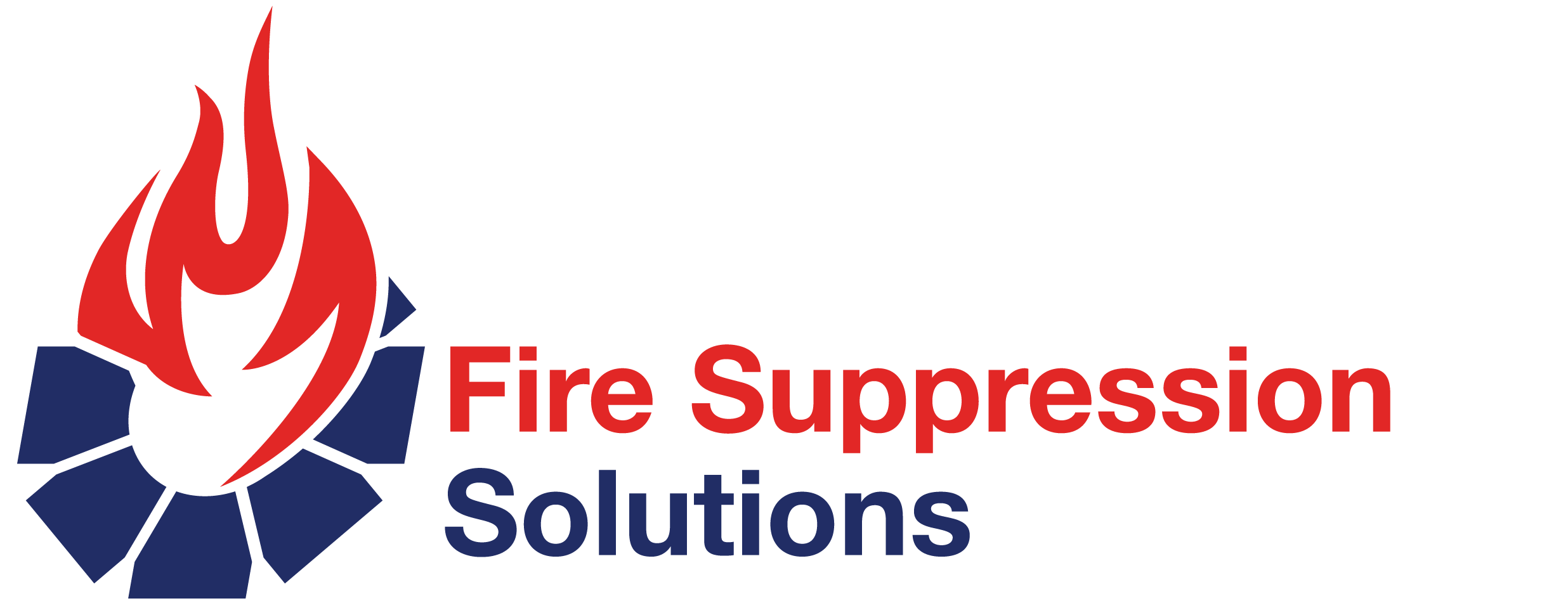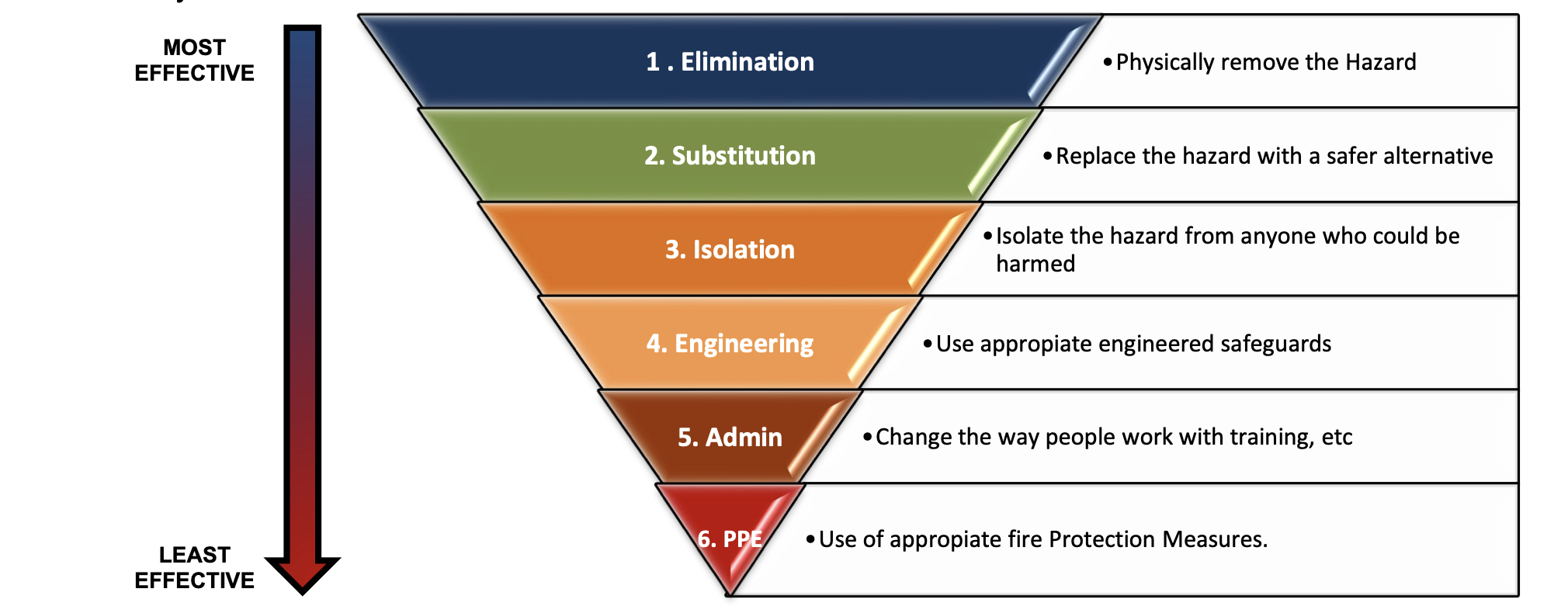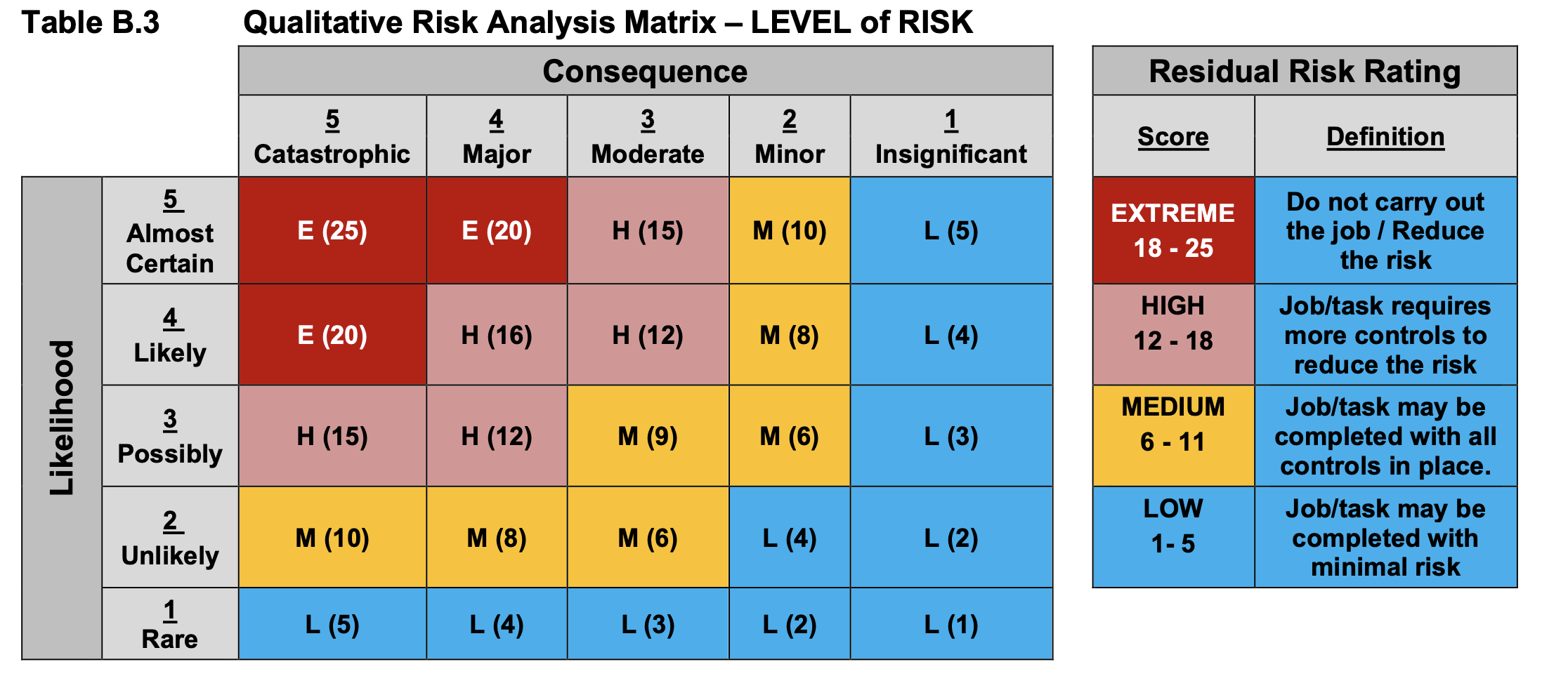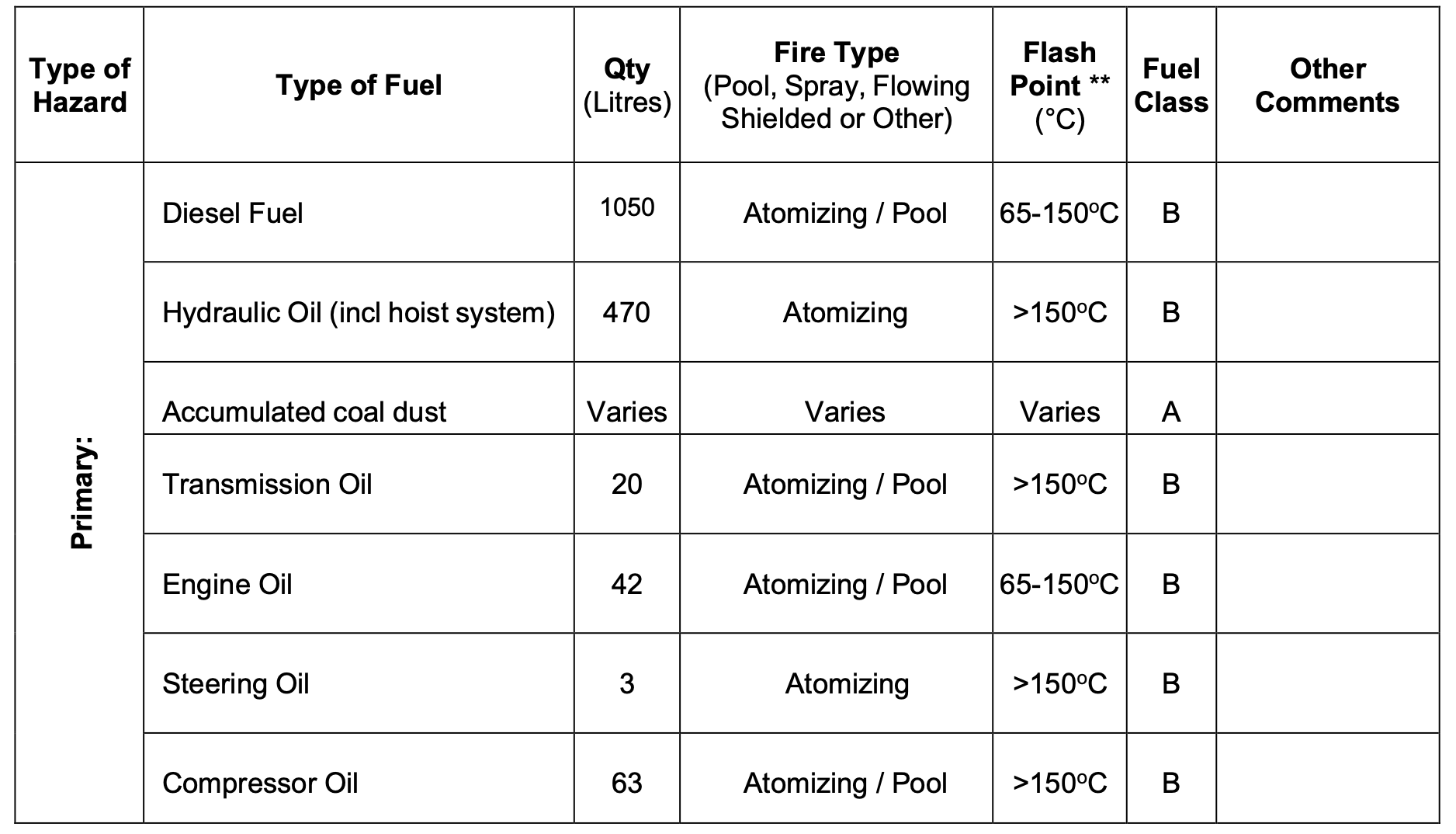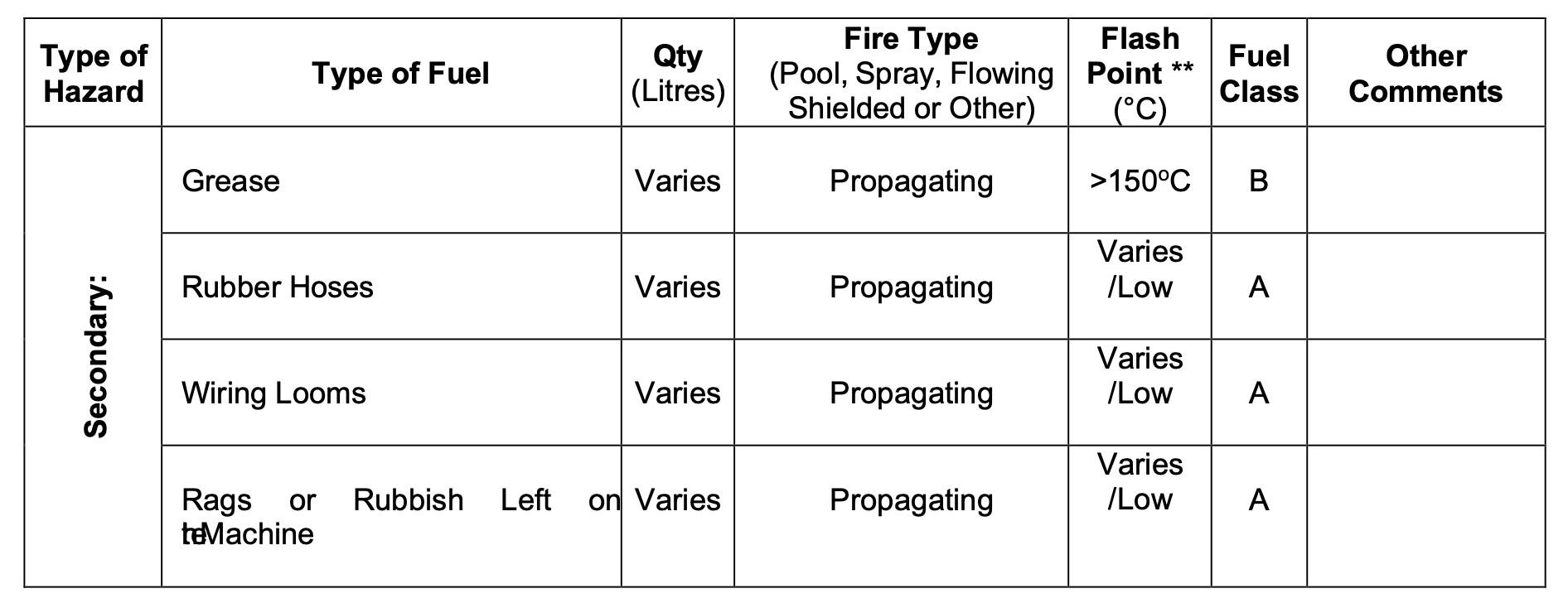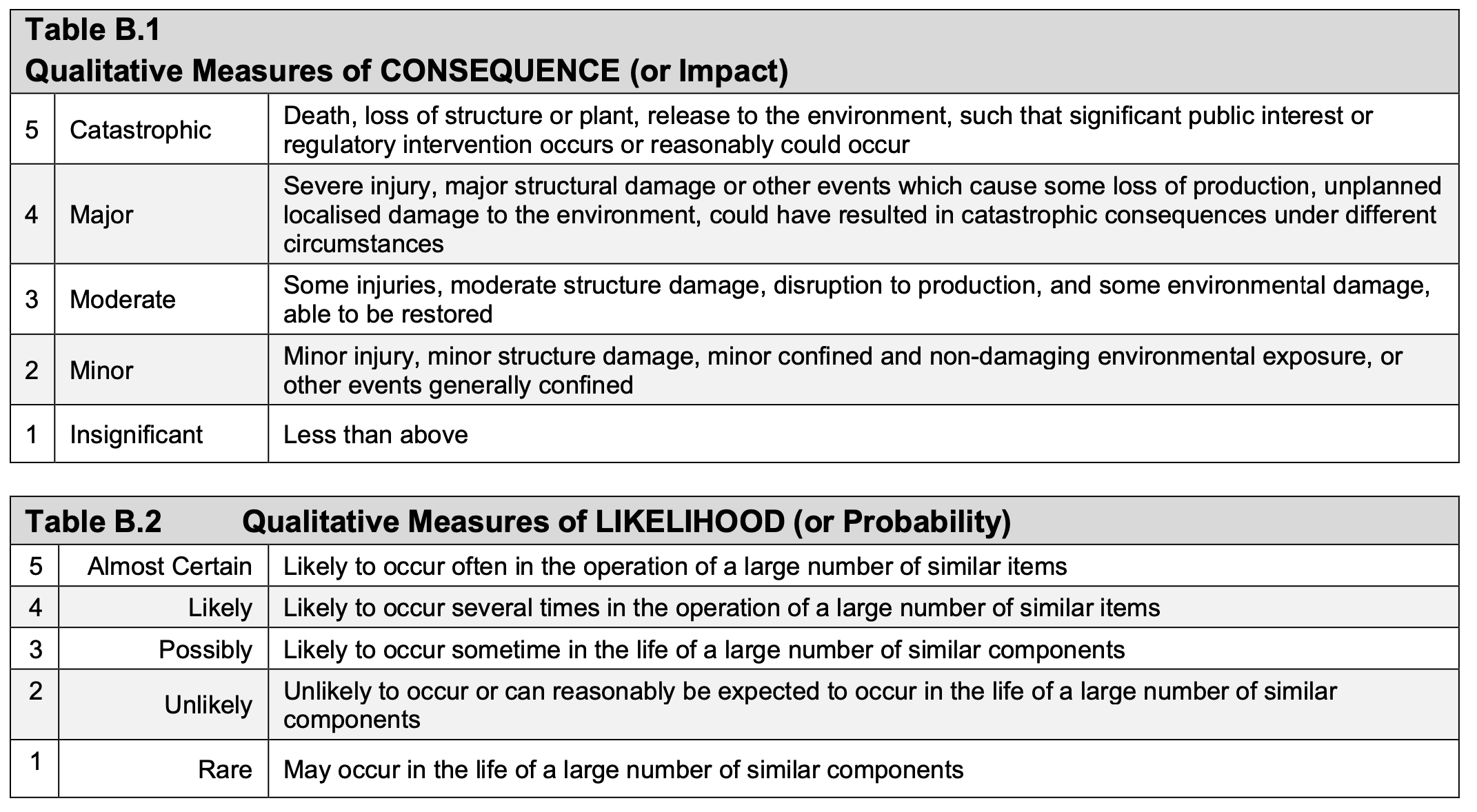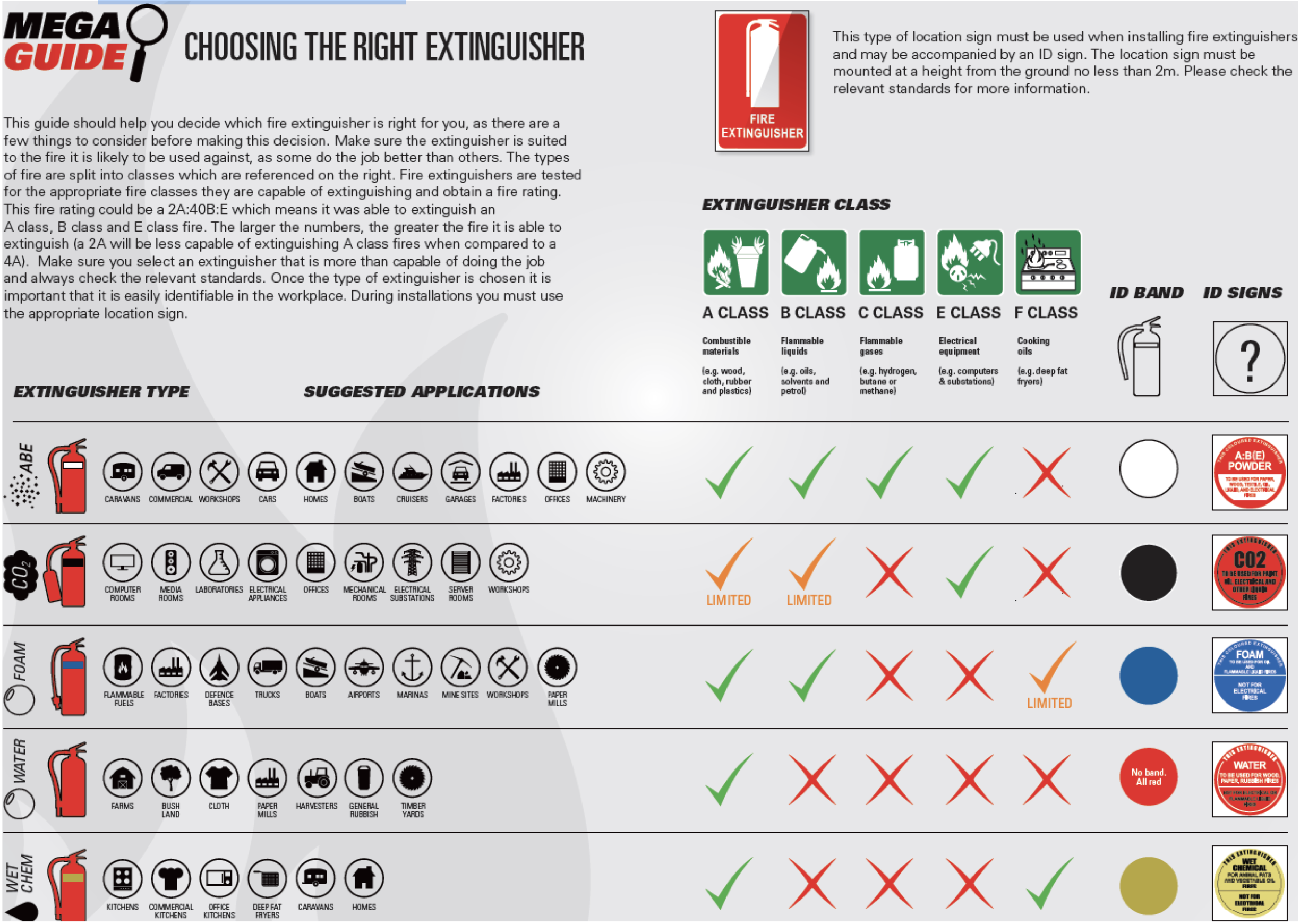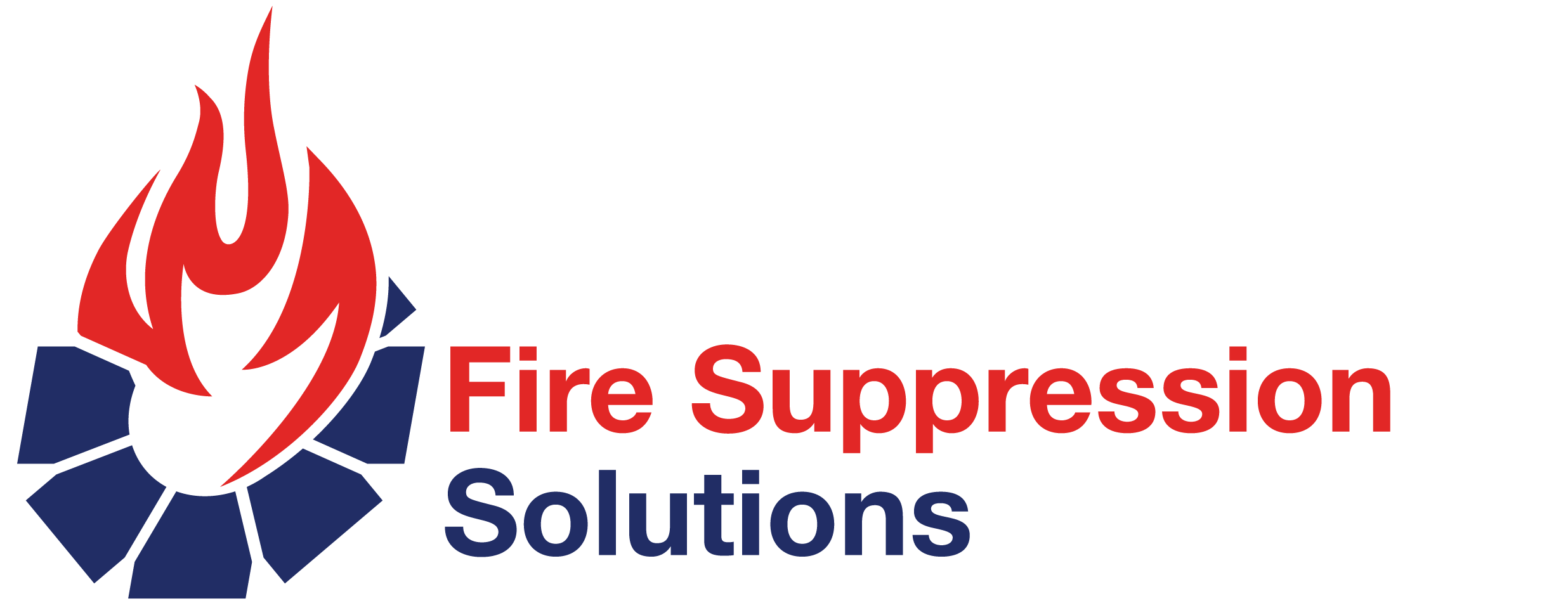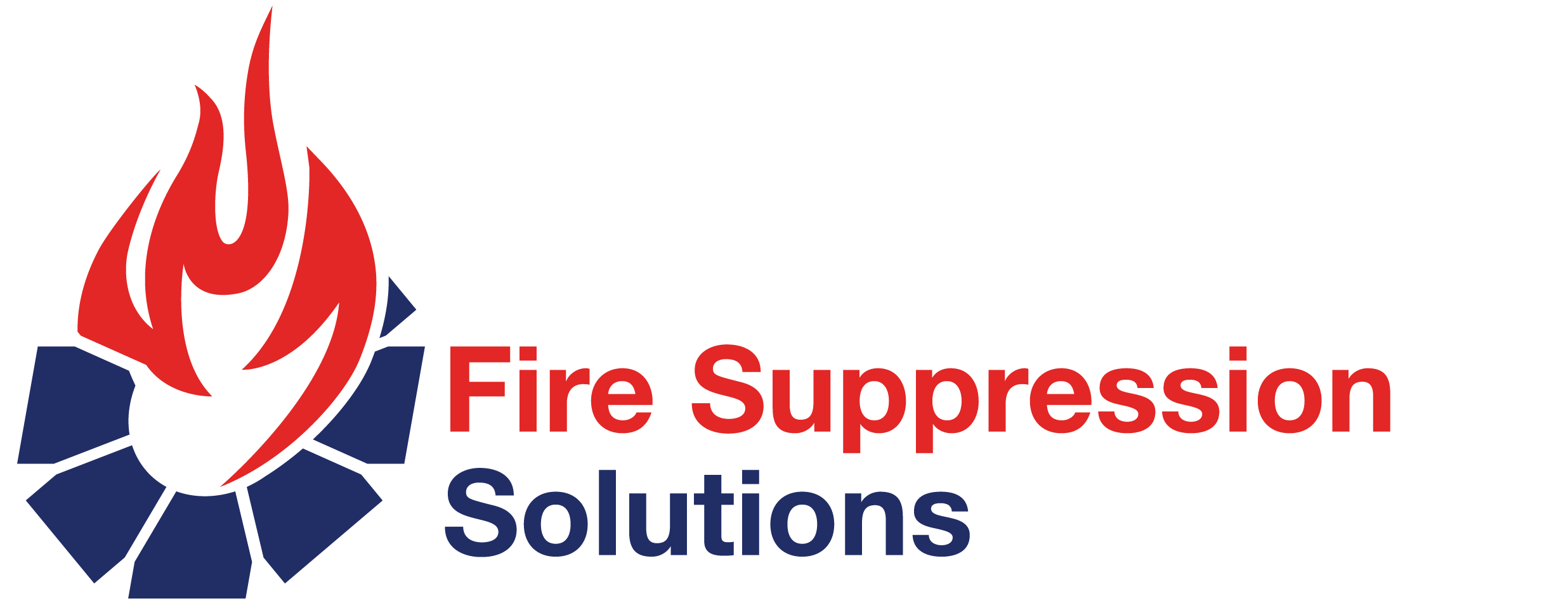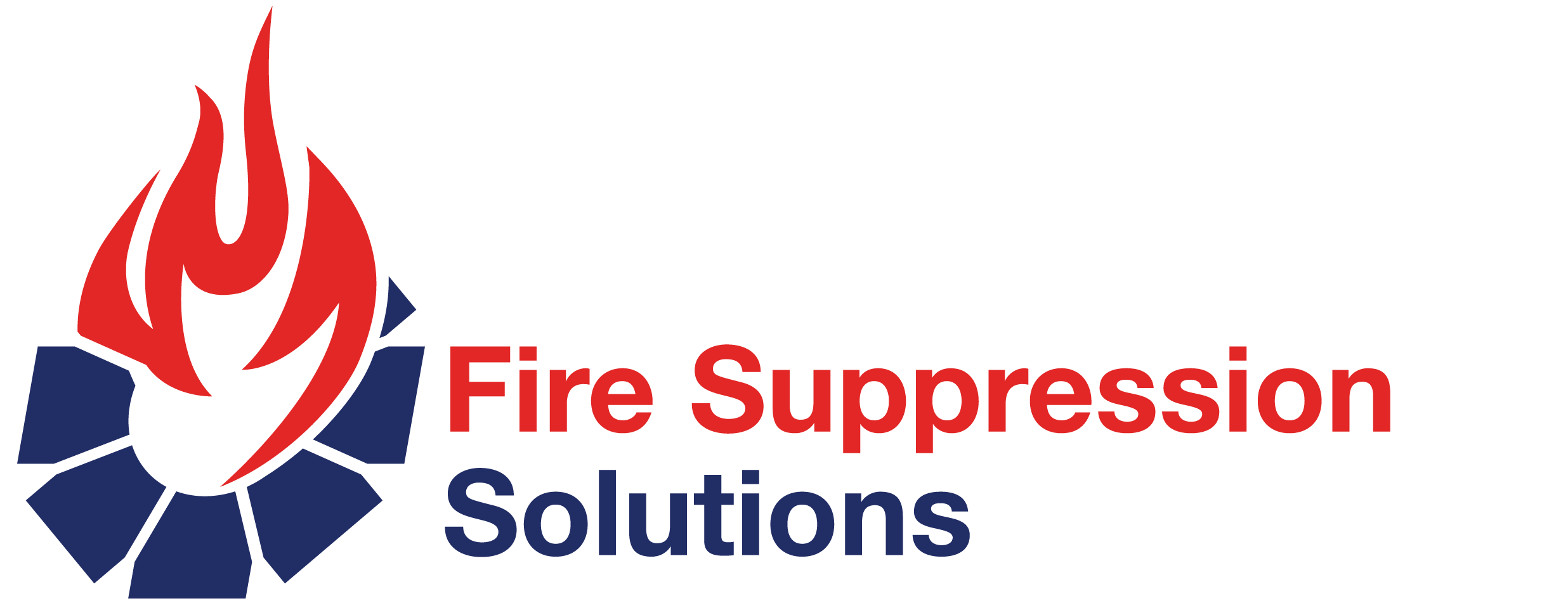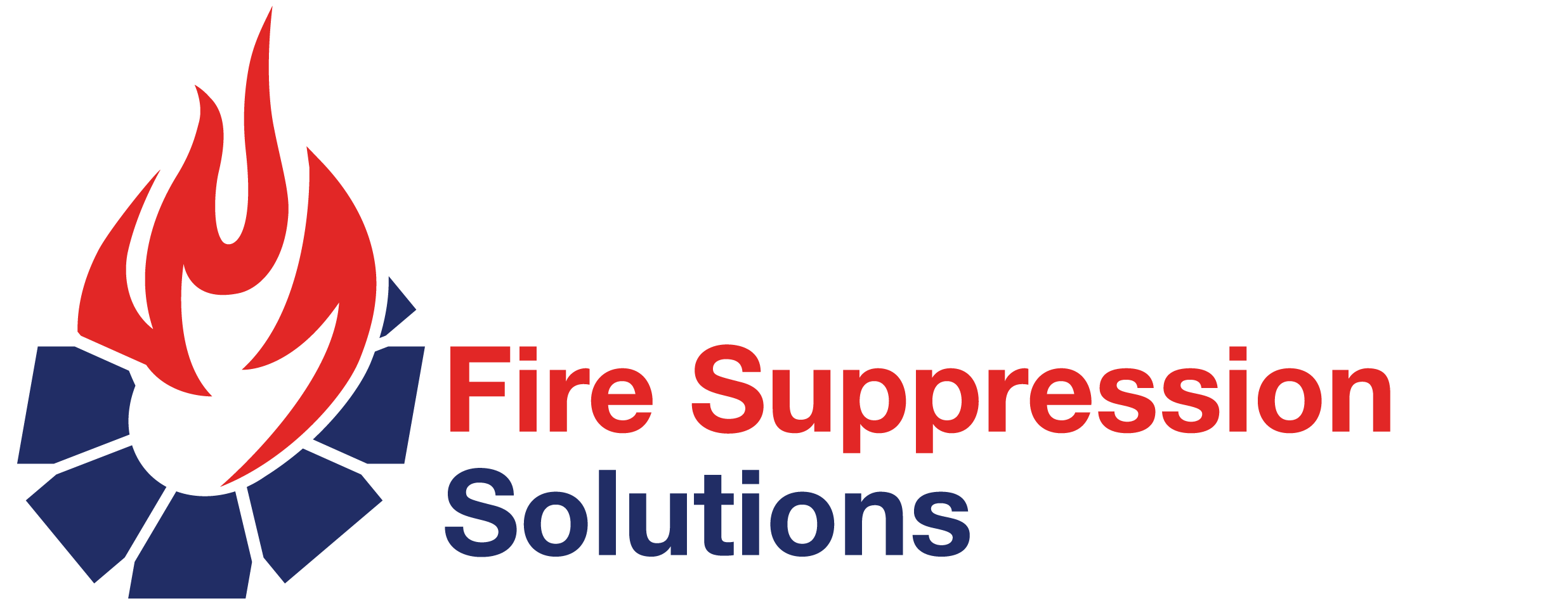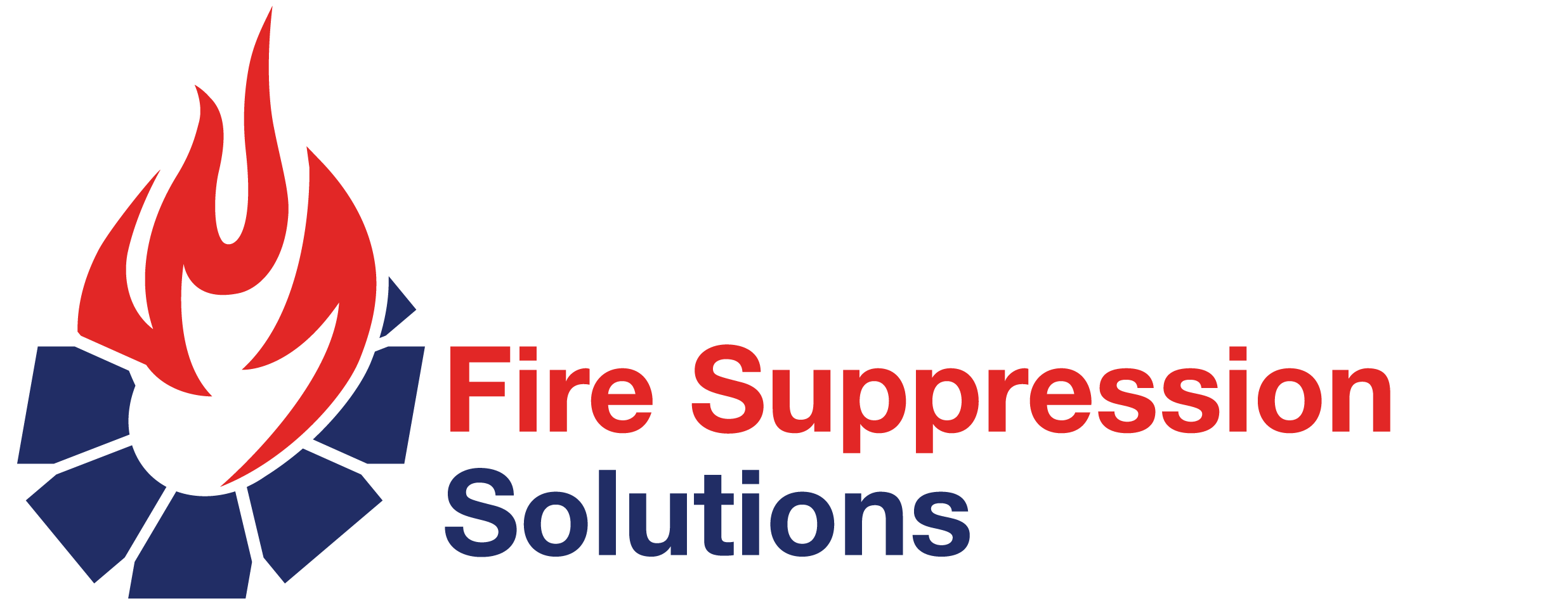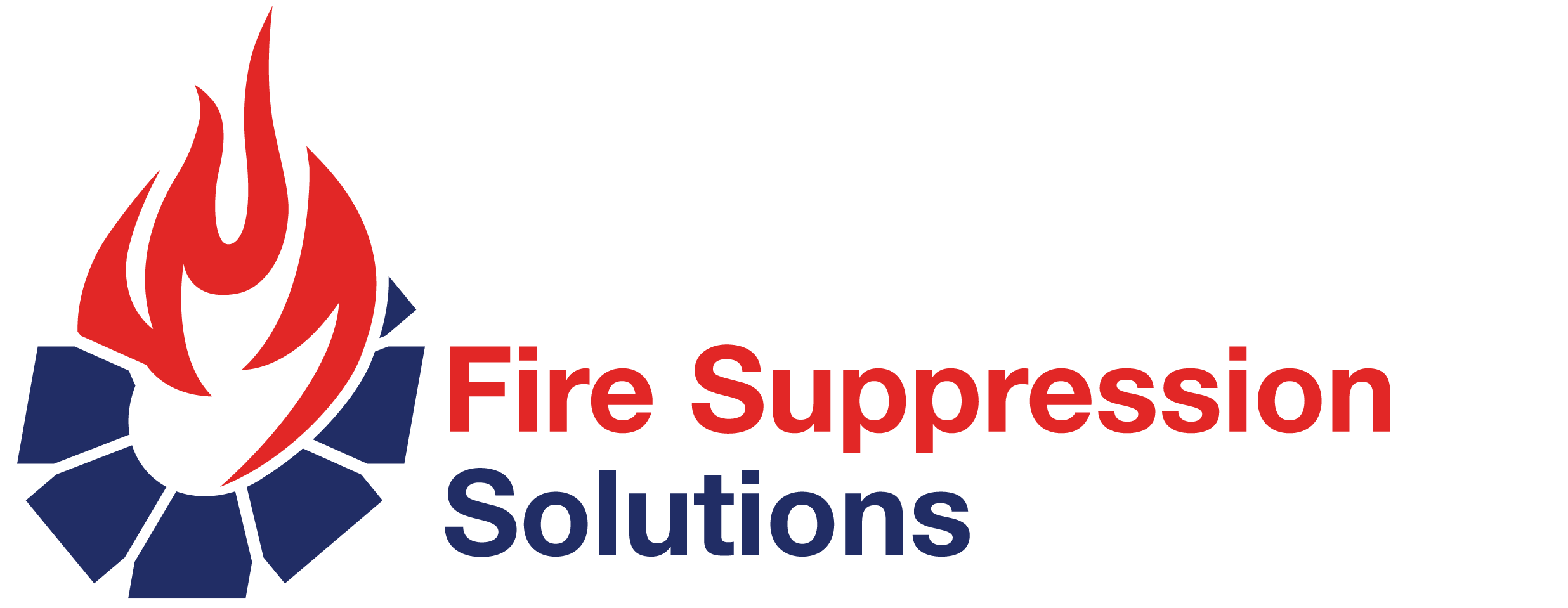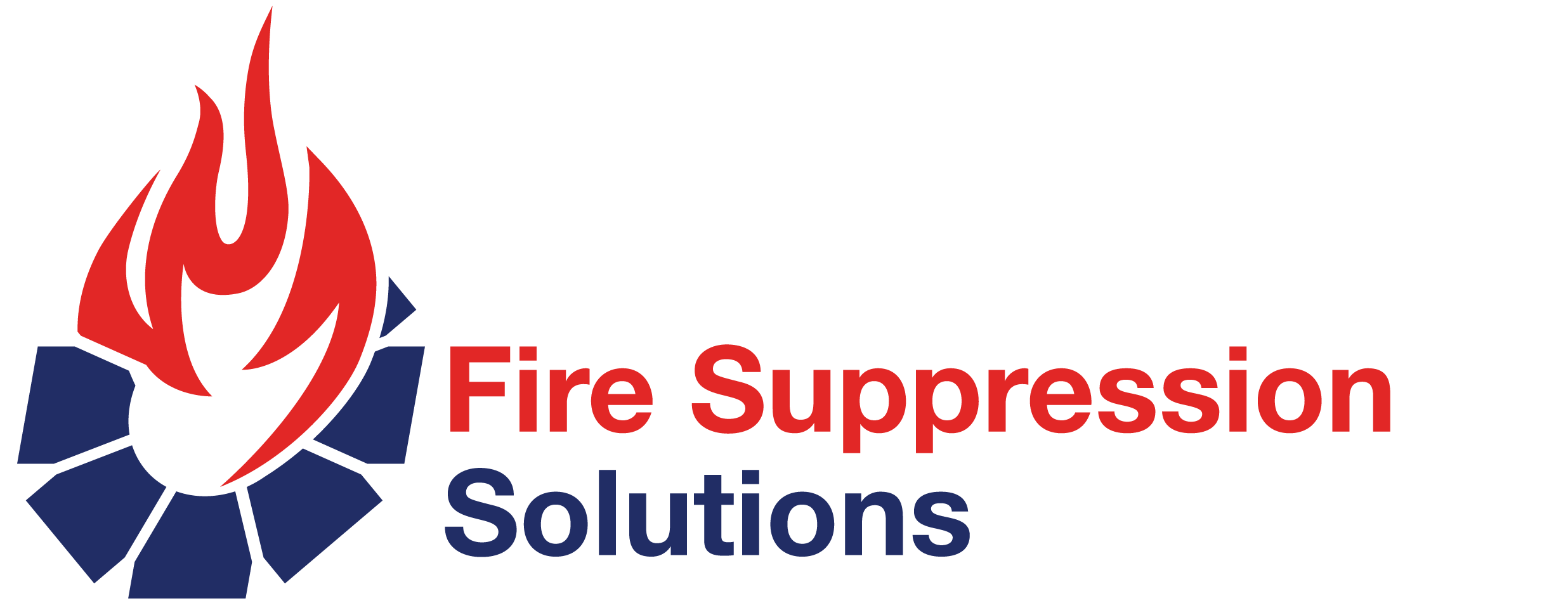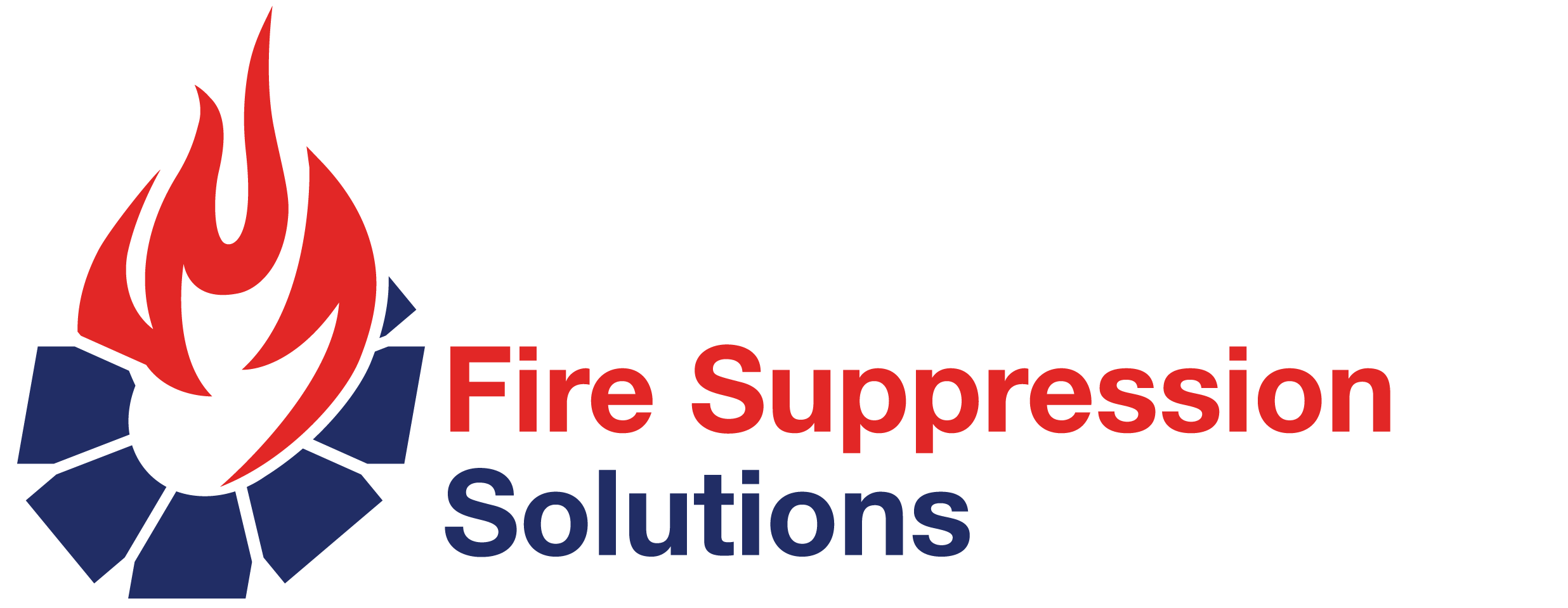Fire Suppression Fire Risk Assessment
-
Fire Suppression System Doc No: QWI11.07
-
Maintenance Service Record in accordance with AS5062-2022
Customer Details:
-
Customer:
-
Site Contact
-
Location
-
Date:
-
Phone No:
-
Contact Email:
Machine/Equipment Details:
-
Make/OEM:
-
Type:
-
Model:
-
Serial Number:
-
I/D Number (if applicable)
Machine/Equipment Operating Locations:
-
Primary Location:
-
Location 2:
Fire Risk Assessment Prepared By:
-
Pirtek Centre:
-
Name:
- Ashley Lawson
- Chris Paton
- Peter Eversham
- Tim Eversham
- Nick Stallard
- Coedy Kleinig
-
Date:
Disclaimer
-
The information contained in this publication is provided in good faith and believed to be reliable and accurate at the time of publication. However, the information is provided on the basis that the reader will be solely responsible for assessing the information and its veracity and usefulness. Please note that this document is compiled based on the combined input from the maintenance and operation staff, as well as an equipment representative, and the resultant risk levels have been attained by mutual agreement and are not subject to one person’s or one Company’s
interpretation. The client has the ultimate responsibility to assess these results and recommendations to make the decisions for all risk reductions as they may determine necessary.
Note: A copy of this document can be found in the Pirtek Fire Suppression database.
SECTION 1: Introduction
-
The risk assessment process adopted by the above mentioned Pirtek Centre and Qtec Fire Systems Pty Ltd is intended to provide a safe workplace as well as deliver the best health, safety and well-being outcomes for everyone based on the requirements of Australian Standard AS5062-2022 – Fire Prevention for Mobile and Transportable Equipment. This Australian Standard covers not only the design, testing, commissioning and maintenance
requirements of fire protection systems for mobile and transportable equipment but also fire risk management and fire risk reduction analyses. This document has been prepared to cover the following key areas: 1. Identifying and analysing all fire risks on the machine
2. Highlighting any areas of non-compliance and non-conforming
3. Determine what fire risk reduction actions are required
4. To determine if a fire protection system is required
5. To recommend the appropriate fire suppression system for the machine. Consideration of some (but not all) of the requirements of AS/NZS 4360 – Risk Management – have also been included in this document. -
Some of the fire risk management and fire risk reduction methodologies of AS5062-2022 relate specifically to the design and construction of the vehicle or equipment being assessed and are therefore outside the scope of this document. A risk assessment should be carried out: 1. When equipment is designed;
2. Prior to equipment being placed into service; and
3. When variation in design, use condition and environment could change the fire risk potential. The risk assessment process in AS5062-2022 also requires that any previous fire experiences for the specific machine or similar equipment need to be considered at each stage of the fire risk management process, and as such are included in this document where appropriate. -
The process of this fire risk assessment is structured as follows: 1. Determining possible fire scenarios :
What can happen?
When and where can it happen?
Why and how can it happen?
2. Quantify the risk exposure :
How likely is it to happen?
What will be the consequences?
3. Prioritize the fire risk :
What are the risks that need to be addressed first? -
The fire protection recommendations in this document are made based on the following considerations: 1. The potential of the main fire risks on the equipment
2. If fire protection is required, what extent of coverage is needed to ensure operator safety, minimise disruption to production and maximize asset protection?
3. What type of fire suppression system is needed, and how should it be configured?
SECTION 2: Fire Risk Identification
2.1 Fire Hazard Locations
-
Identify all fire hazard locations associated with the equipment using the table below.
(Include additional items where applicable) Does a Fire Hazard Exist in the below locations? -
Turbo Charger
-
Exhaust System
-
Fuel System (Pumps, injectors, lines etc.)
-
Fuel Tank/s
-
Electrical System (Wiring harness, Fuse Box, Switches etc.)
-
Batteries
-
Alternator
-
Starter Motor
-
Hydraulic System (Pump, Valves, Hoses)
-
Slew Area
-
Belly-Pan Area
-
Lower Machine Body & Tracks
-
Braking System
-
Tyres
-
Clutch
-
Cooling System
-
Other
2.2 Identification of Fuel Sources
-
2.2.1 Primary and Secondary Fuel Sources
Identify Primary fuel sources applicable to this equipment. (Refer to Appendix A) -
Diesel - Fire Type Atomizing or Pool / Flash point >52°C / Fuel Class B
-
QTY:
-
Unleaded - Fire Type Atomizing or Pool / Flash point 43°C / Fuel Class B
-
QTY:
-
Engine oil - Fire Type Atomizing or Pool / Flash point 200°C / Fuel Class B
-
QTY:
-
Hydraulic oil - Fire Type Atomizing / Flash point 260°C / Fuel Class B
-
QTY:
-
Transmission Fluid - Fire Type Atomizing or Pool / Flash point 392°C / Fuel Class B
-
QTY:
-
Compressor Oil - Fire Type Atomizing or Pool / Flash point >150°C / Fuel Class B
-
QTY:
-
Steering Oil - Fire Type Atomizing / Flash point >150°C / Fuel Class B
-
QTY:
-
Accumulated Coal Dust - Flash Point Varies / Fuel Class A
-
QTY:
-
Other
-
2.2.1 Primary and Secondary Fuel Sources
Identify Secondary fuel sources applicable to this equipment. (Refer to Appendix A) -
Grease - Flash point >38°C / Fuel Class B
-
LOCATION
-
Rubber Hoses - Propagating / Flash Point Varies - Low / Fuel Class A
-
LOCATION
-
Wiring Looms - Propagating / Flash Point Varies - Low/ Fuel Class A
-
LOCATION
-
Rags or Rubbish left on Machine - Propagating / Flash Point Varies - Low / Fuel Class A
-
LOCATION
-
Other
2.2.2 Materials of Construction
-
Identify the materials of construction that may contribute to, or be affected by a fire. This is specifically for
materials not already listed in clause 2.2.1. -
Steel - Steel can buckle under extreme heat (Paint on steel minor contributor to fire)
-
Location
-
Fabric - Affected by heat
-
Location
-
Rubber - Affected by heat
-
Location
-
Glass - Affected by heat
-
Location
2.3 Identification of Ignition Sources
-
Identify all the possible ignition sources on this equipment. Ignition Source Heat
-
Turbo Chargers - Heat from Turbo , Oil or Fuel line leaks
-
Location
-
Exhaust Manifolds - Heat from Exhaust
-
Location
-
Brakes - Heat from Brakes, Brake dust build up
-
Location
-
Hydraulic Valve Bank - Hot Oil from pump onto heat source
-
Location
-
Hydraulic Pumps - Hot Oil from pumps onto heat source
-
Location
-
Identify all the possible ignition sources on this equipment. Ignition Source Electrical
-
Electrical / Wiring - Electrical short, Over heating of the wiring loom
-
Location
-
Alternator - Coal dust build up
-
Location
-
Battery - Electrical short
-
Location
-
Starter Motor - Coal dust build up
-
Location
2.4 Identification of Oxygen Supplies
-
Identify the supply of oxygen to this machine that would contribute significantly to a fire.
-
Engine Cooling Fan
-
Location
-
Does the Fan Shut down with Engine Shutdown?
-
Hydraulic Oil Fans
-
Location
-
Does the Fan Shut down with Engine Shutdown?
-
Other
-
Location
-
Does the Fan Shut down with Engine Shutdown?
2.5 Operating Environments
-
Identify what fire hazards may be associated with the operating environment where the equipment will be located.
-
Machine - Typical Fire Hazard
-
Combustible Gases
-
Oil Spills
-
Combustible Dust (e.g. Coal)
-
Environment - Typical Fire Hazards
-
Fuel Depots
-
Pit Refueling
2.6 External Contributing Factors
-
Identify possible external factors which may contribute to the initiation of fire.
-
Collision with other vehicles
-
What Hazard is Present?
-
Maintenance
-
What Hazard is Present?
-
Other
-
What Hazard is Present?
2.7 Fire Risk Determination
-
2.7.1 General Effects As part of this fire risk assessment, the risk effects of a fire have been taken into account the following:
a) The health and safety of the equipment operator and any passengers
b) The health and safety of people in the vicinity of the equipment
c) The potential for property loss
d) Any potential production losses
e) Potential for environmental damage -
2.7.2 Fire Effects The external effect that a fire in the equipment may have, and the potential need to reduce these effects, include
the following considerations:
a) Fire propagation
b) Thermal radiation
c) Products of combustion, including smoke and toxic gases
d) Escape of fire or materials into surrounding areas
e) Fire effluent by either incomplete combustion or pyrolysis of materials -
2.7.3 Operational Conditions The potential for operational conditions that could increase the fire risk that need to be considered are:
a) Operating Environment
b) Time of day
c) Equipment use and misuse
d) Wear and tear components
e) Life Cycle components
f) Equipment interaction
g) Inexperienced use of equipment
h) Human error, such as poor maintenance practices -
2.7.4 Existing Risk Controls The following existing fire risk controls, already in place, have been considered in the assessment in section 3.
a) The normal and emergency paths of egress for the equipment operator(s)
b) Any existing means of fire detection
c) Any existing means of fire suppression
d) The availability of portable fire extinguishers
e) Existence of fire-fighting personnel or external support
f) The current procedures and training of operators -
2.7.5 Monitor and Review Risk Controls To maintain a continuous improvement process, it is imperative to monitor and review all current risk controls as
follows:
a) Periodical checks not exceeding five years
b) Whenever changes are made to the equipment
c) Whenever changes are made to the equipment that could affect the fire risk
d) Whenever variations in use, condition or environment that could change the fire risk potential
e) At every time there is a change of owner
f) After a fire accident or incident occurs
SECTION 3: Fire Risk Reduction
-
The hierarchy of fire risk reduction measures is: The primary focus for Qtec Fire Services Pty Ltd and Pirtek Fluid Systems Pty Ltd is item 5. However, all of the above measures need to be considered to ensure the fire risk is minimized.
3.1 Risk Reduction
-
3.1.1 Fuel Sources The reduction of fuel sources or potential fuel sources that may occur as a result of component failure should be eliminated where practical. Recommendations for these improvements do not form part of this risk assessment.
Refer to AS5062 for further guidance.
3.1.2 Ignition Sources
-
Consideration should also be given to eliminating or reducing potential ignition sources, such as fitting additional covers or heat shields etc. Recommendations for these improvements do not form part of this risk assessment. Refer
to AS5062 for further guidance.
3.1.3 Combustible Materials
-
The accumulation of combustible or flammable materials, such as oily rags, timber, coal, lubricants and rubbish, add to the potential fuel load and therefore the fire risk on this machine. There are no specific areas identified for possible improvement, however, the client needs to ensure its housekeeping procedures are adhered to and ensure there is no build-up of such materials.
3.1.4 Vehicle Design
-
Consideration should be given to any areas of the vehicle design that could be readily modified to reduce or eliminate the risk of fire. Examples of this include compartment separation, segregation of hoses and wiring routes, covers or guards over potential hot surfaces etc., refer to AS5062. Recommendations for these improvements do not
form part of this risk assessment.
3.1.5 Non-Compliance and Non-Conforming
-
It's crucial to understand the difference between non-compliant and non-conforming items, which are explained below:
Non-compliance refers to the use of any non-genuine parts, which will void the compliance with AS5062 and potentially affect the function of the fire suppression system. If any non-compliance items are detected, they should not be used and must be replaced with a compliance solution.
Examples of non-compliance include but are not limited to – the use of cylinders or containers without information on hydrostatic pressure testing OR the use of a fire suppression system without any manual actuation devices OR the usage of any equipment outside the Fire Suppression Design specification manual.
Non-conforming refers to the use of any item containing missing information or incorrect features that do not affect the system operation but are required to facilitate ongoing routine service. A statement indicating whether or not the system tested conforms with the requirements of the fire suppression system should be documented. Non-conformances should be rectified before the next yearly condition report.
Examples of non-conformance include but are not limited to - missing or incorrect nozzles OR missing equipment location signs, illegible labels OR non-availability of required information required to validate a service activity.
3.2 Fire Protection Systems
-
AS5062 Clause 3.4 states that where the fire risk assessment or the authority having jurisdiction requires/determines the need for a fire protection system, it shall comply with AS5062 – Fire Prevention and Protection for Mobile and Transportable Equipment.
3.2.1 Fire Extinguishers
-
Suitable portable fire extinguishers shall be selected and installed on the equipment as per the requirements of AS2444 – Portable Fire Extinguishers and Fire Blankets - Selection and Location, or as required by the regulatory authority having jurisdiction. (Refer to Appendix C) The installation of an automatic or manual fire suppression system does not negate the requirement to have fire extinguishers fitted.
-
Number of Fire Extinguishers on Machine
-
Extinguisher Type: e.i. ABE Powder ,Foam or CO2
-
Location
-
Size
- 1.0kg
- 1.5kg
- 2.0kg
- 2.5kg
- 3.5kg
- 4.5kg
- 5.0kg
- 9.0kg
- 9.0ltr
-
Rating
-
Extinguisher Type: e.i. ABE Powder ,Foam or CO2
-
Location
-
Size
- 1.0kg
- 1.5kg
- 2.0kg
- 2.5kg
- 3.5kg
- 4.5kg
- 5.0kg
- 9.0kg
- 9.0ltr
-
Rating
-
Extinguisher Type: e.i. ABE Powder ,Foam or CO2
-
Location
-
Size
- 1.0kg
- 1.5kg
- 2.0kg
- 2.5kg
- 3.5kg
- 4.5kg
- 5.0kg
- 9.0kg
- 9.0ltr
-
Rating
SECTION 4: Fire Risk Analysis
-
Undertake a fire risk analysis of the equipment to be protected, using the Table below and the Tables in Appendix B
-
Engine Bay - Hydraulic lines, fuel lines, coal dust build up or lines ruptured
-
Consequence of an Event Happening
-
Likelihood of an Event Happening
-
LEVEL of RISK Score
-
Possible Treatment Options. - Install fire suppression system, Engine shutdown & Portable Extinguisher , review of risk levels after the application of treatment options should be conducted with the same review
-
LEVEL of RISK Score after treatment
-
Turbo Charges - Oil line ruptures and sprays oil
-
Consequence of an Event Happening
-
Likelihood of an Event Happening
-
LEVEL of RISK Score
-
Possible Treatment Options. - Install fire suppression system, Engine shutdown & Portable Extinguisher , review of risk levels after the application of treatment options should be conducted with the same review
-
LEVEL of RISK Score after treatment
-
Exhaust - Oil from turbo, Fuel sprayed onto, or Hydraulic oil sprayed onto
-
Consequence of an Event Happening
-
Likelihood of an Event Happening
-
LEVEL of RISK Score
-
Possible Treatment Options. - Install fire suppression system, Engine shutdown & Portable Extinguisher , review of risk levels after the application of treatment options should be conducted with the same review
-
LEVEL of RISK Score after treatment
-
Fuel Pump - Fuel line ruptures
-
Consequence of an Event Happening
-
Likelihood of an Event Happening
-
LEVEL of RISK Score
-
Possible Treatment Options. - Install fire suppression system, Engine shutdown & Portable Extinguisher , review of risk levels after the application of treatment options should be conducted with the same review
-
LEVEL of RISK Score after treatment
-
Hydraulic Pump - Hydraulic lines ruptures
-
Consequence of an Event Happening
-
Likelihood of an Event Happening
-
LEVEL of RISK Score
-
Possible Treatment Options. - Install fire suppression system, Engine shutdown & Portable Extinguisher , review of risk levels after the application of treatment options should be conducted with the same review
-
LEVEL of RISK Score after treatment
-
Hydraulic manifold / Valve bank - Hydraulic line ruptures
-
Consequence of an Event Happening
-
Likelihood of an Event Happening
-
LEVEL of RISK Score
-
Possible Treatment Options. - Install fire suppression system, Engine shutdown & Portable Extinguisher , review of risk levels after the application of treatment options should be conducted with the same review
-
LEVEL of RISK Score after treatment
-
Starter - Coal dust build up
-
Consequence of an Event Happening
-
Likelihood of an Event Happening
-
LEVEL of RISK Score
-
Possible Treatment Options. - Install fire suppression system, Engine shutdown & Portable Extinguisher , review of risk levels after the application of treatment options should be conducted with the same review
-
LEVEL of RISK Score after treatment
-
Alternator - Coal dust build up
-
Consequence of an Event Happening
-
Likelihood of an Event Happening
-
LEVEL of RISK Score
-
Possible Treatment Options. - Install fire suppression system, Engine shutdown & Portable Extinguisher , review of risk levels after the application of treatment options should be conducted with the same review
-
LEVEL of RISK Score after treatment
-
Battery - Coal Dust Build up
-
Consequence of an Event Happening
-
Likelihood of an Event Happening
-
LEVEL of RISK Score
-
Possible Treatment Options. - Install fire suppression system, Engine shutdown & Portable Extinguisher , review of risk levels after the application of treatment options should be conducted with the same review
-
LEVEL of RISK Score after treatment
-
Compressor - Oil sprayed onto compressor casing
-
Consequence of an Event Happening
-
Likelihood of an Event Happening
-
LEVEL of RISK Score
-
Possible Treatment Options. - Install fire suppression system, Engine shutdown & Portable Extinguisher , review of risk levels after the application of treatment options should be conducted with the same review
-
LEVEL of RISK Score after treatment
-
Other
-
Description
-
Consequence of an Event Happening
-
Likelihood of an Event Happening
-
LEVEL of RISK Score
-
Possible Treatment Options. - Install fire suppression system, Engine shutdown & Portable Extinguisher , review of risk levels after the application of treatment options should be conducted with the same review
-
LEVEL of RISK Score after treatment
SECTION 6: Summary
-
Main Fire Risks The primary fire risks are identified as: 1 - Hydraulic oil spray fire on hot surface or exposed electrical 2 - Diesel fuel spray fire on hot surface or exposed electrical 3 - Turbo oil spray fire on hot turbo surface. 4 - Electrical fire initiated by overheating of device, e.g. alternator. Any of these fires spread by way of oil/fuel build up with coal dust or rags ect..
Proposed Fire Suppression System Details
-
System Type
-
System Configuration
-
Number Of Cylinders
-
Cylinders Size
-
Number Of Remote Actuators
-
Location 1:
-
Location 2:
-
Location 3:
-
Alarm Type
- Pneumatic Panel (AS5062 compliant)
- Export Pneumatic Panel (non AS5062)
- Electronic Panel
- N/A
-
Total Number Of Nozzles
-
Type Of Nozzles - 9.5 (Hi-flow)
-
Type Of Nozzles - 9W (Hi-Flow/Wide Angle)
-
Type Of Nozzles - 4.8 (Med flow)
Hazard Areas Covered (List the number of Nozzles per area)
-
Exhaust System
-
QTY
-
Turbocharger
-
QTY
-
Engine Bay
-
QTY
-
Hydraulic System
-
QTY
-
Fuel System
-
QTY
-
Transmission
-
QTY
-
Electrical System
-
QTY
-
Battery Compart
-
QTY
-
Belly-pan Area
-
QTY
-
Slew Area
-
QTY
-
Brakes
-
QTY
-
Tires
-
QTY
-
Other
-
QTY
Automatic Detection Type
-
Type of Detection used
-
Type?
Engine Shut Down
-
Engine Shutdown enabled
-
Programmed shutdown time (seconds)
Additional System Details/Information
-
Comments:
Sketch proposed locations of main components
-
Cab alarm panel
-
Machine Entry
-
cylinder location
-
Any other locations
-
Proposed by (Pirtek Rep)
-
Agreed by (Customer Rep)
Comments
-
Above mentioned Pirtek Centre and Qtec Fire Systems Pty Ltd have endeavored to address all factors reasonably considered to influence the Fire Safety aspects of operating this machine. When making an assessment and recommendation we have relied upon input from the client and manufacturer to assess the likelihood of events. We are not experts in the operation of this type of machinery and expect that the
data provided to us is accurate and a fair representation of the customer and manufacturer’s expectations concerning the performance and operation of the machine. All residual fire risks noted in this risk assessment that are managed by users/clients should be reviewed and the end user should conduct their own risk assessment. The end user risk assessment should consider the fire risk with regard to:
a) Site Operation conditions;
b) Local Environment;
c) Site experience and knowledge;
d) Local regulatory requirements; and
e) Residual risk remaining following implementation of design controls.
Fire Risk Assessment Prepared by:
Sign Off
-
I Hear by certify that the above system has been in accordance with AS5062-2022 and the information on this service record is true and correct
From PIRTEK
-
Pirtek Centre Name:
-
Technician Name:
- Ashley Lawson
- Chris Paton
- Peter Eversham
- Tim Eversham
- Nick Stallard
- Coedy Kleinig
-
Cert Number: QTEC L1083
-
Email: Ashley@pirtekeme.com.au
-
Position: Service Technician
-
Cert No: L1084
-
Email: Chris@pirtekeme.com.au
-
Position: Service Technician
-
Cert No: E-086
-
Email: Peversham@pirtek.com.au
-
Position: Service Technician
-
Cert No: E-0146
-
Email: Teversham@pirtek.com.au
-
Position: Service Technician
-
Cert No: L0963
-
Email: Nick@pirtekeme.com.au
-
Position: Service Technician
-
Cert No: L0958
-
Email: Coedy@pirtekeme.com.au
-
Position: Service Technician
-
Signature:
From Customer/End User
-
Customer / End User
-
Name
-
Contact Number:
-
Email:
-
Signature:
APPENDIX A – Fuel Sources
-
This table identifies common fuel sources applicable to mobile equipment.
-
** Flashpoints are based on a pool or stationary type fire, non-spraying, as per the NFPA Handbook. It is generally understood that atomised fuels under pressure have lower flashpoints, however, these have not been tested or documented.
APPENDIX B – Risk Matrix
-
Determine Risk Level
-
The summary is listed in section 3 and is based on the Level of Consequence (from Table A.1), the Level of Probability (from Table A.2) and the Level of Risk (from Table A.3). Table A.4 may be used to summarize the risk levels established for each risk.
APPENDIX C – Right Fire Extinguisher
-
Table C.4 Classes of Fire
